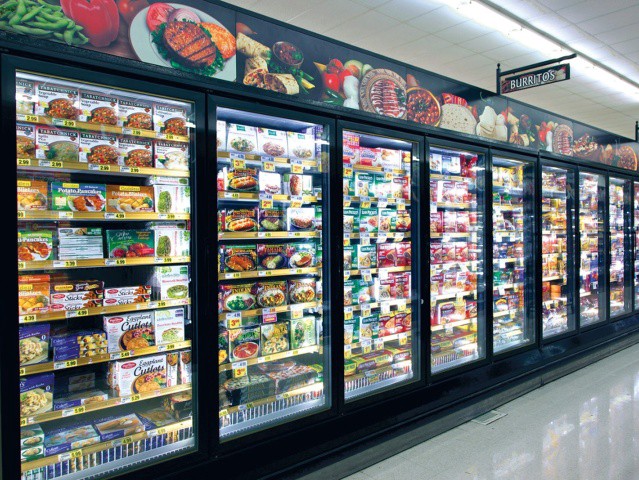Frozen food manufacturing is the chemical or mechanical procedure of modifying cooked food or ingredients and freezing it at recommended temperatures. The frozen food manufacturing process is completed in three stages such as pre-treatment, freezing, and frozen storage. Ready meals, vegetables & fruits, potatoes, meat & seafood, meat products, and soup are the available goods at the commercial level. Furthermore, several governments agencies are advising new standards for frozen processed food. For instance, the Food Safety and Standards Authority of India (FSSAI), proposed standards associated with metallic contaminants limits in 2016, for frozen processed vegetable & fruit products, canned tomatoes, comprising jams, and frozen peas.
The global rise in the demand for ready-to-eat and convenience food along with healthcare awareness among consumers is driving the demand for the global frozen food manufacturing market. Less time involved in cooking nutritional meals is leading to a progressively high number of consumers choosing convenient meal options. The changing lifestyle of working professionals, due to busy schedule routines are driving the consumption of frozen manufactured food across the world. Rising demand for frozen food in several countries like the U.S., China, and India is also enhancing the frozen food manufacturing market. However, lack of facilities as well as poor maintenance of refrigerators in small retail stores is the major challenge for frozen food management in emerging economies which in turn affects the demand of the frozen food manufacturing market. Furthermore, the key players operating in the market are adopting new technologies for frozen food processing that may offer lucrative opportunities for the global market in the forecast period.
The global frozen food manufacturing market is divided based on category, product type, freezing technique, distribution channel, and region. Based on the category, the global market is split into ready-to-drink, ready-to-cook, ready-to-eat, and others. The product type segment consists of frozen snacks, frozen-cooked ready meals, frozen desserts, frozen meat & fish, frozen fruits & vegetables, and others. Frozen food manufacturing have various freezing techniques in belt freezing, blast freezing, individual quick freezing (IQF), and others. Online channels, convenience stores, supermarkets & hypermarkets, and others are the distribution channel segments for frozen food manufacturing.
Europe region is projected to dominate the global frozen food manufacturing market and is expected to continue its dominance over the forecast period. Factors such as increasing spending power of the consumer and increased standard of living are driving the growth of the market in this region. Changing eating habits of consumers, busy lifestyles and increasing demand for ready-to-eat food are also some of the factors that are propelling the demand of frozen food manufacturing market. In addition, rising health consciousness among consumers will also enhance market growth. Furthermore, Asia Pacific region is expected to witness a large demand for the frozen food manufacturing market during the forecast period. This is attributed to the rising demand for convenience food in this region.
The global frozen food manufacturing market is highly concentrated due to the presence of national and international players. The Kellogg Company, Kraft Heinz Company, Vandemoortele NV, JBS S.A., Ajinomoto Co. Inc., General Mills Inc., Associated British Foods plc, Europastry S.A., Cargill Incorporated, and Aryzta A.G. are some of the major players that are operating in the global frozen food manufacturing market. Businesses are investing in strategic collaborations to strengthen their market position.
In September 2018, Grupo Bimbo had introduced four production lines to its Argentina’s plant in San Franscico. This will facilitate the export growth to neighboring countries.
